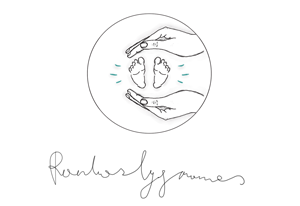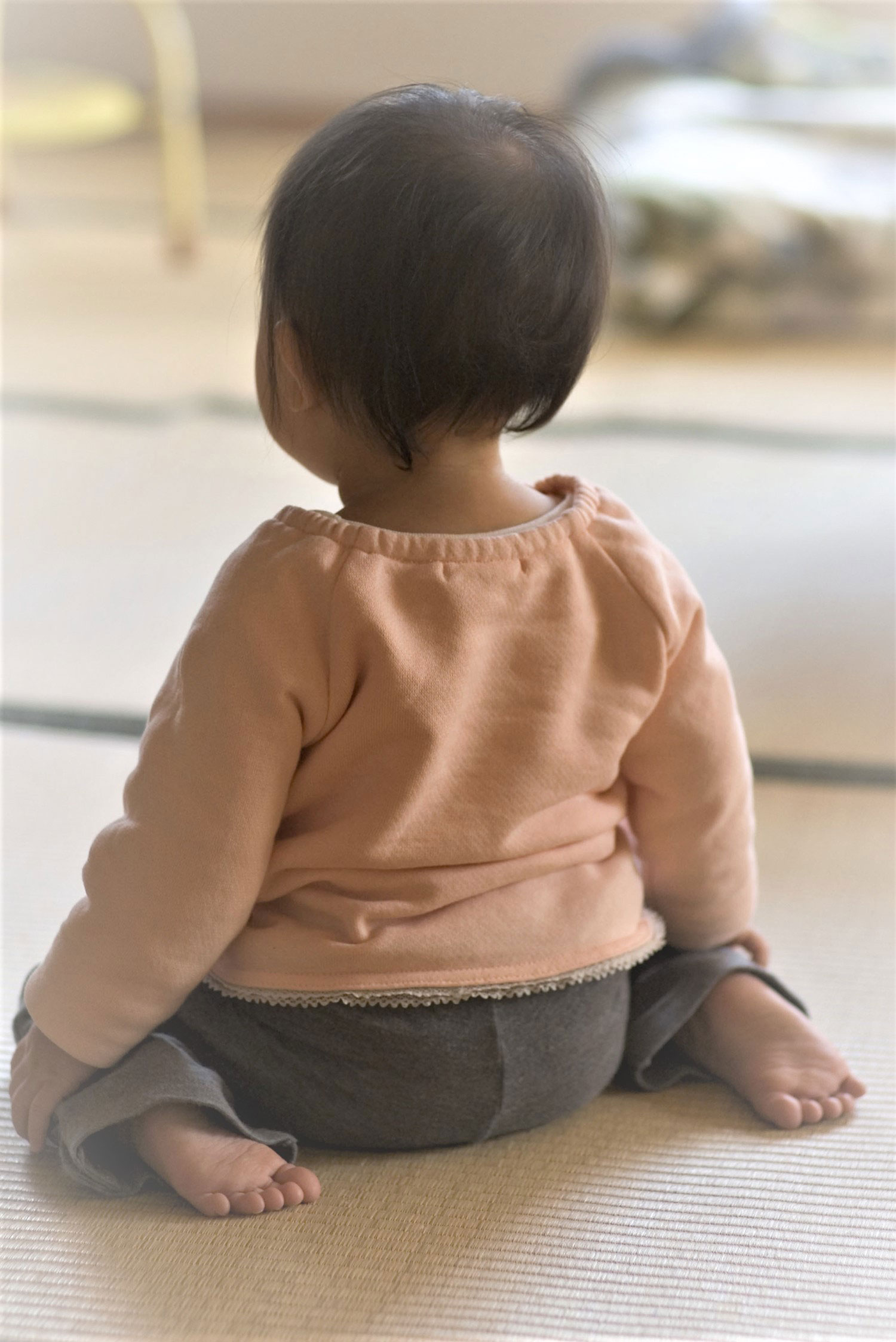First of all, the W-sitting is irregularly gained seating position, when both thighs and shins form a “W” letter. Secondly, it is a habit, which for some children, this sitting position does not become common and sit quite rarely, but for others it becomes a habit, and when it is used everywhere and constantly – then it becomes harmful.
I want to mention that when a child is sitting in the w-position, he or she does not need so much energy and effort to maintain his or her posture and balance, and it is convenient, and especially when playing, the most comfortable sitting position.
~
Why do the little ones often sit in this position?
Children feel more stable, when they just settle in this sitting position. They do not need to use their own torso controls and do not change their center of gravity, which makes them less tired and easier to manipulate toys, especially for the extra hip joints and torso stability. However, when a child sits in other positions (I will present them), at that time he/she learns to control/change the center of gravity and rotate his torso, which is necessary for improving their motor skills.
~
What could happen if the child is permanently using w-sitting position?
Sitting for a long time in w-position can cause child growth and development problems:
- Weak torso. If the child sits in w-position for most of the time, his torso is stable and is not trained, the torso does not become stronger while sitting in this position, which is not good.
- Bone changes. The W-sitting position (Fig. 1) clearly shows the excessive internal rotation of the femur and tibia (Fig. 2), and then the feet will tend to rotate inwards. When there is an increased internal rotation of the femur, there will also be an increased internal rotation of the hip joint (torso) (Fig. 3). This long-term sitting position can lead to bone deformation, which can lead to irregular walking, the child may try to “pigeon-toed” (by rotating the feet in Figure 4), which increases the risk of falling. Because of this irregular walking, the center of gravity changes as well, loaded with muscle groups that usually do not get such a heavy load, and then the pain of the hip, knee, and feet may result.

- Hypermobility of hip joints. In the W-seat, both clubs gain maximum internal rotation. The normal hip rotation is approximately 45 degrees, and at w-position the hip joint amplitude can reach up to 90 degrees and more, which causes “stress” on the hip joints, i.e. hip hypermobility occurs. A child sitting in such a position will cause too much flexibility and freedom for the internal rotary muscles, and on the contrary, the external rotary muscles will be tense. In the future, this can become an unconditional pathology that can lead to pain.
- The weakness of the club. Joint and muscle freedom also result in weakness. Because there are muscles whose length (compared to their rate) – not normal, it is a condition and weakness of the child’s muscles.
- Weak sitting balance. In the W-sitting position, the child does not need to turn the torso or change the center of gravity, it is comfortable for child just as it is in this position. In order to sit in other positions, the child may have difficulty, as he/she did not use torso muscle and weight center to balance their body while sitting in w-position.
- Stages of baby development are delayed. Children who sit in the w-position can take longer in one stage of development that causes delay for another one to start, for example, when switching from sitting to crawling position and vice versa. These skills require a strong torso to achieve. But if the child is sitting in the w-position, this posture stabilizes him/her, it does not need to use the torso itself, so it may become difficult to use the torso control during the next stages of motor development. W-sitting can be the reason why a child is late in motor development.
~
What do I recommend doing in case of w-sitting?
The best way would be to avoid w-sitting becoming a habit. If the child is not sitting in this position, that’s already perfect but also try to show him/her other healthy sitting postures. And if the kid is already accustomed to sitting in the w-position, then the other sitting position should be constantly adjusted and trained.
Offer to find the position that the child likes. When playing with a child, do not let the knees and the feet to go apart and to form position of the letter “w” – hold them together. If your child is responsive to words – great, talk and teach how to sit differently, but if not, you can physically help the child, adjust or move to another sitting position.
For example, try any of the following seating alternatives shown in the picture below.

Attempting to sit in more diverse positions will also help the child develop and strengthen the main muscle groups, while at the same time changing the center of gravity will improve balance.
~
Finally
W-seating is not always “bad” and not always a concern for parents. There are children who “grow up” w-sitting and have no impact. However, there are children who do not “grow up” from this sitting position or from the weak torso, so then child experiences difficulties in developing further.
However, I encourage you to pay attention to this and not be indifferent, you cannot know if this will not become a habit for your child, there is no need to take risks. The alternatives are really simple, just need a little bit of patience and putting effort into your child’s well-being.

